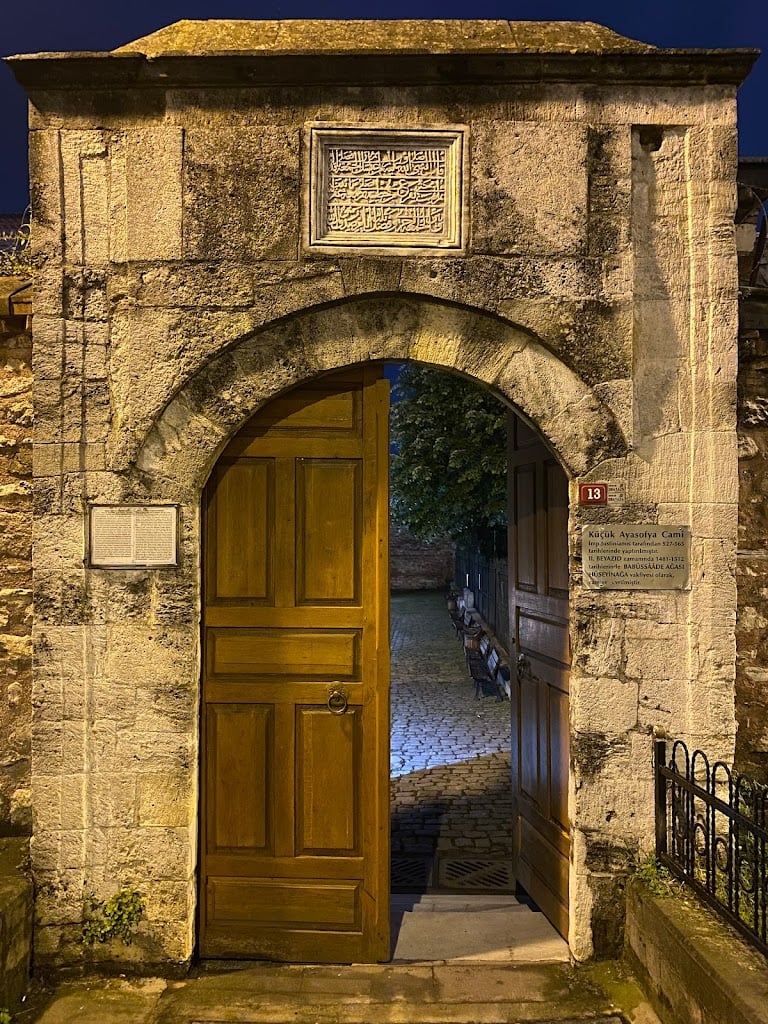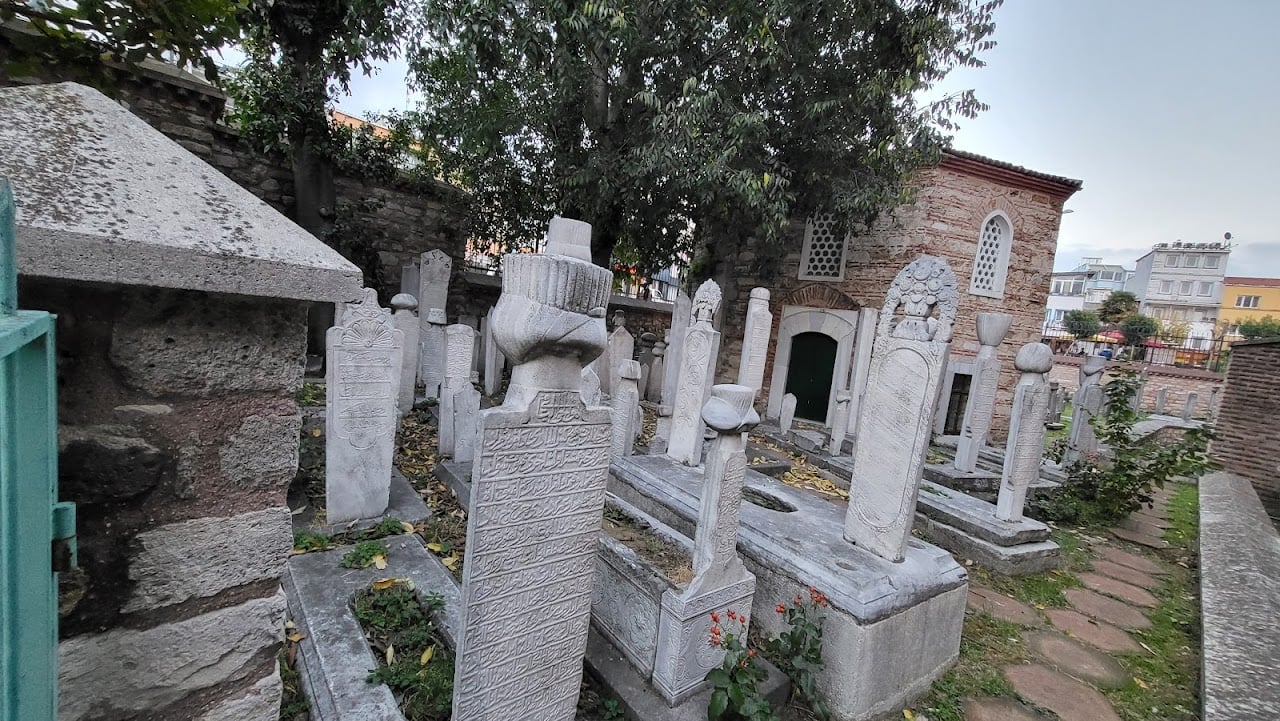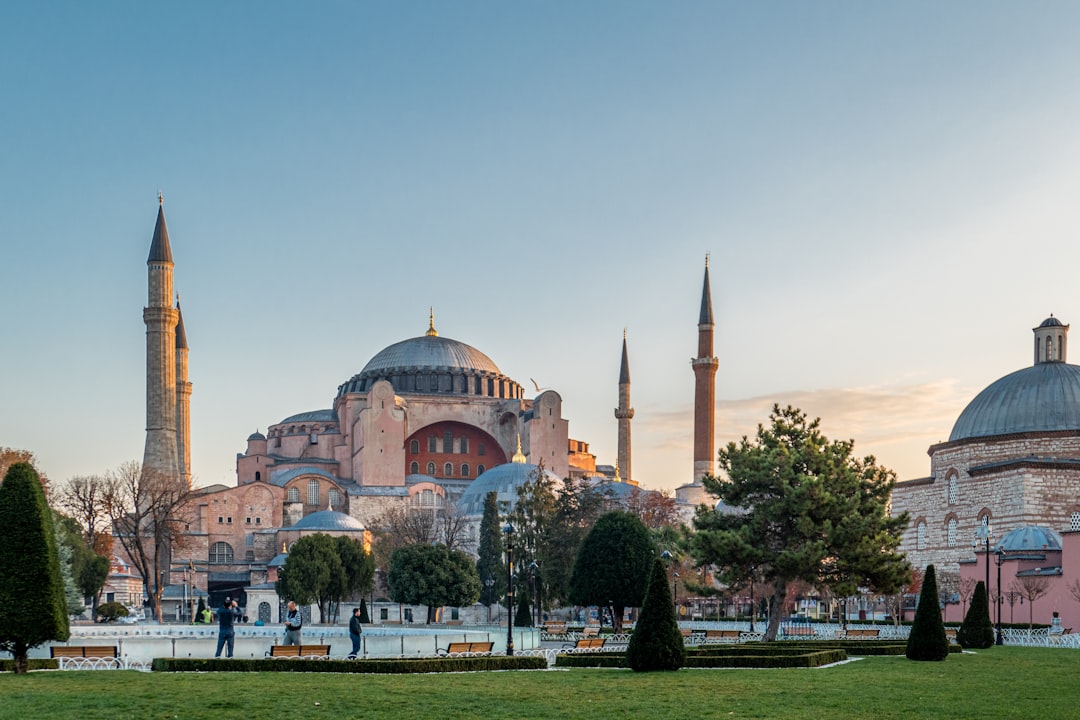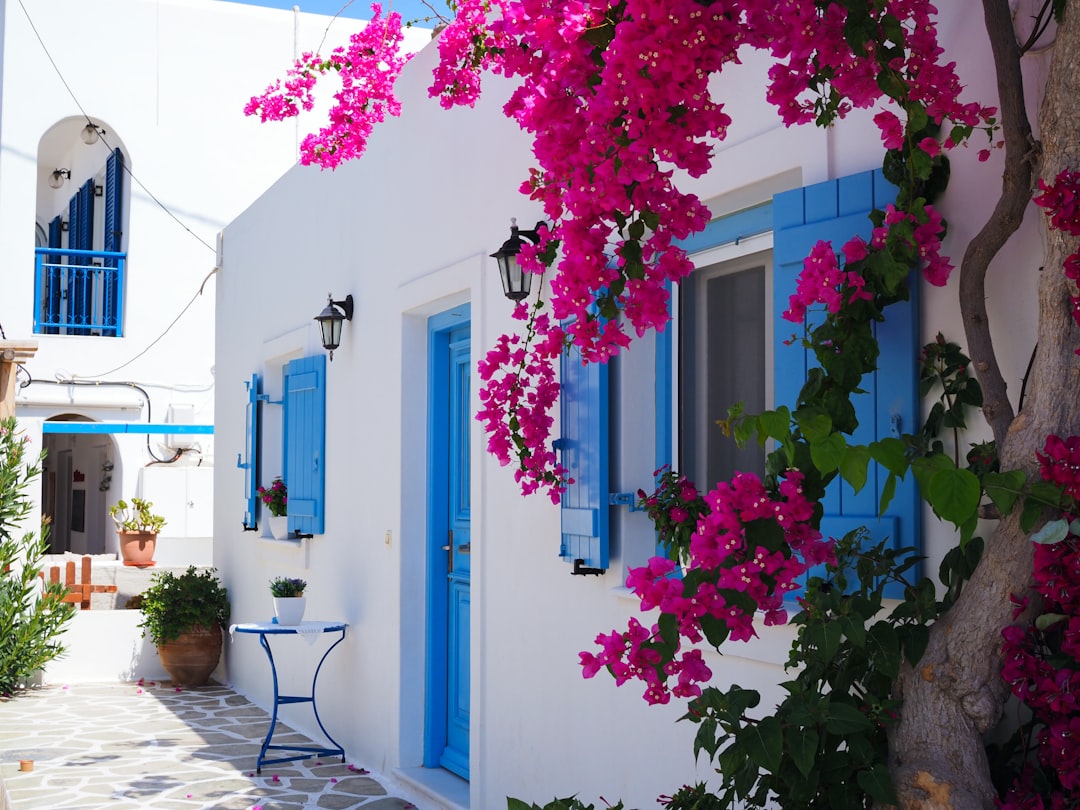Little Hagia Sophia





What people say
Pedro Pereira
Available for hire
"Nestled amidst the bustling streets of Istanbul's Fatih district lies a hidden gem – the Küçük Ayasofya Camii, meaning "Little Hagia Sophia" in Turkish. While overshadowed by its more famous namesake, the grand Hagia Sophia, Küçük Ayasofya boasts a rich history and architectural significance that shouldn't be missed.
Constructed between 527 and 536 AD during the reign of Byzantine Emperor Justinian I, Küçük Ayasofya predates the Hagia Sophia by nearly two decades. Historians believe it served as a kind of architectural test bed, with its central dome design and use of light influencing the construction of its grander successor.
Originally dedicated to Saints Sergius and Bacchus, the church played a significant role in Byzantine life. Following the Ottoman conquest of Constantinople in 1453, the building underwent a fascinating transformation. Converted into a mosque by Sultan Mehmed the Conqueror, it gained the name Küçük Ayasofya, a testament to its resemblance to the Hagia Sophia. Minarets were added, and the interior adorned with Islamic calligraphy and ornaments, blending Byzantine and Ottoman styles.
Over the centuries, Küçük Ayasofya continued to evolve. It served not just as a mosque, but also as a madrasa (Islamic school) and a workshop. In the 19th century, it underwent restorations, and in 1948, it was designated a museum. Today, Küçük Ayasofya remains an active mosque, welcoming both worshippers and visitors seeking a glimpse into Istanbul's multifaceted past.
Despite its smaller size compared to the Hagia Sophia, Küçük Ayasofya boasts an impressive architectural presence. The central dome dominates the skyline, while the octagonal brick base and the use of light create a sense of awe and serenity. Stepping inside, visitors can admire the remnants of Byzantine mosaics and inscriptions, alongside later Ottoman additions.
Küçük Ayasofya's charm lies not just in its architectural details, but also in its tranquil atmosphere. Tucked away from the tourist crowds, it offers a more intimate and serene experience compared to the bustling Hagia Sophia. Visitors can wander through the courtyard, marvel at the intricate details, and soak in the rich history that permeates every corner. "
Pratiti M
"Entry - free.
Attire recommended- covered head, legs & arms for ladies. (Abbayas kept there at the entrance for renting free of cost).
Küçük Ayasofya Camii/Little Hagia Sophia - a 6th century former Greek Orthodox/Byzantine church with Ottoman style interior converted to a mosque during the Ottoman reign.
This monument is a few years older than (almost contemporaries) & certainly not a model for Hagia Sophia Grand Mosque/Aya Sofya Camii (although the present Hagia Sophia is the 3rd building built on the same site)."
Read more in:
Noémie Randrianarijaona
"A beautiful and less crowded alternative to Hagia Sophia with free entry."
Read more in:
Mentioned in these guides
About Little Hagia Sophia
Get the inside scoop on Little Hagia Sophia from local experts, travel creators, and tastemakers. Browse genuine trip notes, Little Hagia Sophia reviews, photos, travel guides, and itineraries from real travelers and plan your trip with confidence.
Phone
Save this spot for later or start mapping out a new trip today
Try our AI Travel Assistant and get instant answers to any questions about your trip.
Ask ThatchGPT


